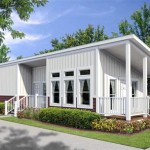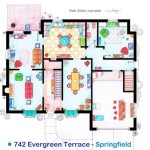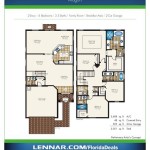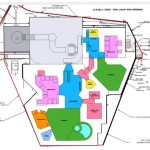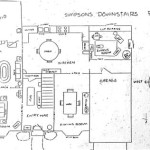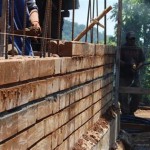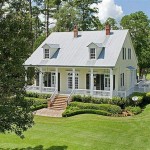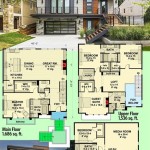Envelope House Floor Plans: Maximizing Space and Efficiency
Envelope houses, also known as skin-tight houses, represent a unique approach to residential design. Characterized by their compact form and efficient use of space, envelope houses prioritize functionality and minimize wasted square footage. Understanding the nuances of envelope house floor plans is crucial for anyone considering this distinctive architectural style.
The core principle of an envelope house lies in its name: the exterior walls define the "envelope" within which all living spaces are contained. This contrasts with traditional construction where internal framing often dictates the overall shape. By eliminating unnecessary internal supports, envelope houses can achieve a higher ratio of usable floor area compared to conventional builds with similar external dimensions.
Planning an envelope house requires meticulous attention to detail. Every square foot must serve a purpose, leading to innovative and often multi-functional spaces. Furniture selection becomes integral to the design process, with built-in or modular pieces frequently employed to maximize storage and flexibility. Open-plan layouts are common, promoting a sense of spaciousness despite the compact footprint.
Several factors influence the design of envelope house floor plans. The site itself plays a crucial role, as the house is typically designed to fit snugly within its boundaries. Orientation towards sunlight is a key consideration for passive heating and natural light optimization. Local building codes and regulations also impact the design, dictating allowable setbacks, height restrictions, and other parameters.
One common approach to envelope house design involves a central core containing essential utilities and services, such as bathrooms, kitchens, and stairwells. This core effectively divides the remaining space, allowing for flexible configurations of living areas, bedrooms, and workspaces. This centralized core also streamlines plumbing and electrical systems, minimizing material usage and construction costs.
Vertical space is utilized strategically in envelope house floor plans. Loft spaces, mezzanines, and strategically placed windows can create a sense of volume and openness. High ceilings, where feasible, further contribute to this effect, maximizing daylight penetration and enhancing ventilation.
Material selection is a critical aspect of envelope house construction. The exterior "skin" must be both durable and energy-efficient. Common materials include insulated concrete forms (ICFs), structural insulated panels (SIPs), and prefabricated timber panels. These materials offer excellent insulation properties, contributing to lower energy consumption and reduced heating and cooling costs.
The benefits of envelope house floor plans extend beyond space efficiency. Their compact form inherently minimizes the environmental impact of construction. Reduced material usage translates to lower embodied energy and fewer resources consumed. The airtight construction and enhanced insulation contribute to improved energy performance, resulting in lower operational costs and a smaller carbon footprint.
However, designing and building an envelope house presents unique challenges. The inherent complexity of the design requires specialized expertise and careful coordination between architects, engineers, and contractors. Construction tolerances are tighter than in conventional builds, demanding precision and attention to detail throughout the process. Modifications or additions after completion can be more complex due to the integrated nature of the design.
Choosing an envelope house design requires careful consideration of lifestyle and needs. The compact footprint, while maximizing space utilization, might not suit families requiring separate or expansive private areas. The open-plan layouts, while promoting a sense of spaciousness, can also present challenges in terms of noise control and privacy. Careful planning and consideration of furniture placement are essential to mitigate these potential drawbacks.
Exploring different envelope house floor plan examples can provide valuable insights into the possibilities and limitations of this architectural style. Consulting with experienced architects specializing in envelope house design is crucial for understanding the complexities and nuances of this approach. A thorough assessment of site conditions, budgetary constraints, and lifestyle requirements is essential for a successful envelope house project.
The growing interest in sustainable and efficient living has brought envelope house design into greater prominence. By maximizing space utilization and minimizing material usage, these homes offer a compelling alternative to conventional construction. Understanding the principles and considerations behind envelope house floor plans is the first step towards embracing this innovative and environmentally conscious approach to residential design.

Envelope House Asolidplan Archdaily

10 Amazing Courtyard House Designs And Plans Architropics

Residence Creatively Redesigned Into The Brown Envelope Alok Kothari Architects Diary House Layout Plans N Bungalow Floor

Gallery Of House At Poh Huat Road Envelope Architects 14

The Building Envelope Explained Pv Heating Cooling Plumbing

Gallery Of House At Poh Huat Road Envelope Architects 13

Gallery Of Urban Envelope Samuel House Mmgs Architects 31 Architect Facade Architecture

Ground Floor Plan Of The Building Model Was Prepared In Scientific Diagram

Gallery Of House At Poh Huat Road Envelope Architects 15

The Building Envelope Greenbuildingadvisor

